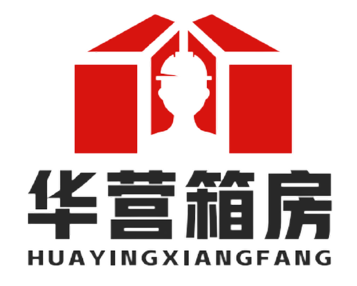The price of a collapsible container house is a major consideration for anyone looking for an innovative, fast, and affordable housing solution. This comprehensive guide breaks down the key factors that influence the cost, from size and customization to delivery and features. We’ll explore the incredible value these homes offer, showcasing their rapid 10-minute assembly, durable construction, and suitability for diverse locations like Australia and New Zealand, helping you understand if this modern building option fits your budget and needs.
So, you’ve stumbled upon the brilliant idea of a collapsible or expandable container house. The concept is almost too good to be true: a home that arrives folded up, ready to be expanded into a spacious living space in mere minutes. But the first question on everyone’s mind is inevitably, “What’s the price?” It’s a smart question to ask, but the answer isn’t a single number. The collapsible container house price is a dynamic figure, shaped by your specific needs and choices. Let’s dive deep into what you can expect and, more importantly, what incredible value you get for your money.
The Magic Behind the Fold: What Are You Actually Buying?
Before we talk numbers, it’s essential to understand the product. An expandable container house is a marvel of modern engineering. All the main components, including the sturdy steel frame, wall panels, insulation, and wiring, are pre-fabricated in a factory. The unit is then folded down to a compact size, allowing for incredibly efficient shipping.
When it reaches your destination, whether it’s a scenic plot in New Zealand or a remote site in Australia, the magic happens. The installation process is astoundingly fast. We’re talking about a full setup in as little as 10 minutes with simple tools. This isn’t a gimmick; it’s a reality that saves you thousands in labor costs and countless hours of construction headaches.
Check out this video to see just how quick and easy the assembly is:
Key Factors Influencing Collapsible Container House Price
Think of the price as a starting point that you build upon. Here are the primary factors that will determine the final cost of your new home.
1. Size and Configuration
This is the most obvious price driver. Just like traditional houses, bigger costs more. The standard options are typically 20ft, 30ft, and 40ft models. A compact 20ft unit will naturally have a lower base price than a sprawling 40ft model. A single 40ft high-cube (40HC) shipping container can even hold two 20ft folded units, which is a huge cost-saver on transport. The 3D plans are a reference point, and the final offer is always based on the confirmed drawing, ensuring you get exactly the layout you want.
Here’s a look at a typical layout to help you visualize the space:

2. Customization and Interior Finishes
This is where you make the house your home, and it significantly impacts the final price. The great news is that customization is not just welcome; it’s encouraged!
Kitchens and Bathrooms: These are often optional items. A basic, unfurnished unit will cost less than one that comes with a fully pre-installed modern kitchen and a complete bathroom with sanitary fittings. Be sure to advise the supplier if you don’t need them to lower the cost.


Flooring: You can choose from various flooring options, from durable vinyl to more premium laminates, which will affect the price.

Windows, Doors, and Exterior: The number, size, and quality of windows and doors, as well as the exterior cladding or paint color, are all customizable.
3. Performance and Durability Features
A home is an investment, and you want it to last. These houses are built to be safe and durable, with a lifespan of 15-20 years. They are engineered to withstand significant environmental challenges, offering seismic resistance up to 8 degrees and wind resistance up to 11 degrees. This level of performance is built into the price, offering peace of mind that a cheaper, less robust alternative can’t match. The materials used are also designed for excellent waterproofing and sun protection, ensuring the interior remains comfortable and dry.

Beyond the Price Tag: The Unbeatable Value Proposition
When you consider the collapsible container house price, you must also factor in the value. What are you really getting for your dollar?
Speed: A traditional home takes months to build. This takes minutes. That’s a game-changer.
Low Labor Costs: The simple, tool-based assembly drastically cuts down on professional labor fees.
Eco-Friendly: The prefabricated process means less on-site waste and a more convenient, environmentally friendly build.
Mobility: These homes are perfect for people who need to move. They are an ideal solution for everything from a permanent family residence to a temporary office, a vacation cabin, or even emergency housing in places like Puerto Rico or Guatemala after a natural disaster.
This video gives you a great sense of the quality and detail of the finished product:
So, What’s a Realistic Price Range?
While it’s impossible to give an exact figure without knowing your specifications, you can think of it in terms of tiers. A basic, smaller model without interior fittings will be the most affordable. As you add square footage, high-end kitchen appliances, premium bathroom fixtures, and custom exterior finishes, the price will naturally increase.
It’s also worth noting that volume discounts are often available, making them an attractive option for developers or for building a small community of homes. The delivery time is typically around 25 days after a deposit is received, and quotes are usually valid for 10 days, so you can plan your budget with confidence.
Ultimately, the collapsible container house price represents a shift in how we think about housing. It’s an investment in speed, flexibility, and modern, sustainable living. By understanding the factors that influence the cost, you can work with a supplier to design a home that not only fits your lifestyle but also your budget.


